In the autumn, when the gardener sums up the season, it's time to think about spring. The main basis for the future abundance of vegetables is sufficient plant nutrition. The application of manure, mineral fertilizers, and compost to the soil most often occurs in the spring. But even in the fall, you can take steps to enrich the soil, killing two birds with one stone.
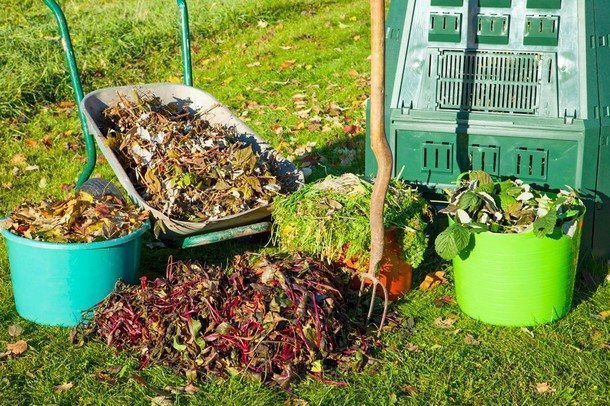
The roots are good, but where are the tops?
The plant biomass accumulated over the summer is cleared from the plots by diligent gardeners. Some burn it, some take it on carts to container sites, some put it in a compost pit to rot. All this takes time and effort. But following nature and immediately sending plant residues into the ground, you can immediately enrich the earth with organic matter and mineral elements.
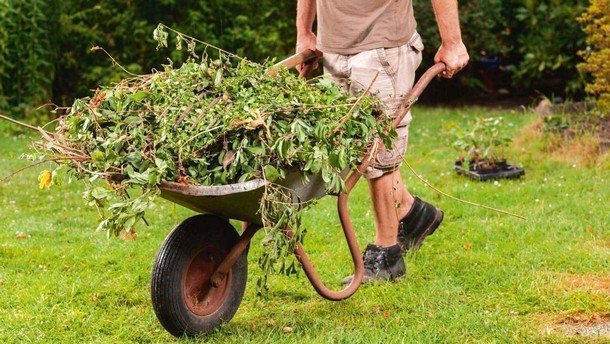
Not only in a fairy tale can both tops and roots be used. Just those same turnip tops that so disappointed the bear (remember, this is how the man divided the harvest) will serve as good feeding for the next harvest. You just need to dig it up with soil.
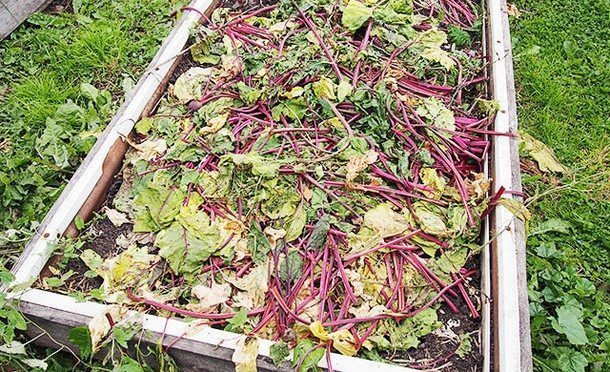
The tops of root crops, representatives of the legume family, when they fall into the ground, gradually rot, turning into green fertilizer. Cut foliage of berry bushes is also used for these purposes.
Selective approach to green manure
To avoid secondary contamination of the soil with diseases and pests, you should not add potato and tomato tops to the green mass for digging.These capricious crops are susceptible to fungal diseases.
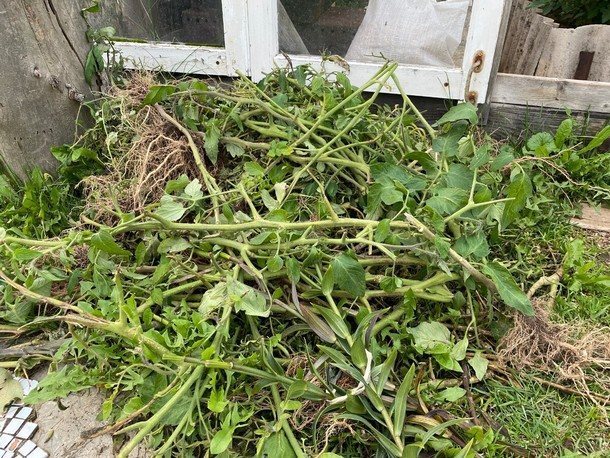
Foliage is not always suitable for digging. Pests and diseases can hide among it.
We improve the soil with green manure
Green manure plants are gardeners’ first assistants when it comes to enriching and improving the structure of the soil. On a standard 4 acres it is difficult to organize crop rotation. But by using green manure, you can fulfill this farming rule and increase your chances of a good harvest.
Experienced gardeners immediately sow the vacated areas with rye and oats, peas and phacelia, rapeseed and mustard. The grown green mass is dug up in the fall, leaving no chance for weeds.
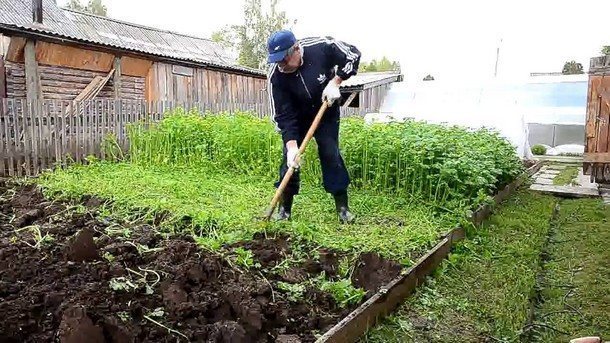
Plant nurses
In addition to enriching the soil, plants used as green manure can serve as an effective remedy against diseases and pests. For example, the specific smell of marigolds, due to the high content of essential oils, repels pests: nematodes, wireworms, caterpillars, small worms. In addition, this plant has fungicidal properties, destroys fungal infections, and also has a suppressive effect on the malicious weed - creeping wheatgrass. Excellent orderlies - mustard, flax, chrysanthemum.
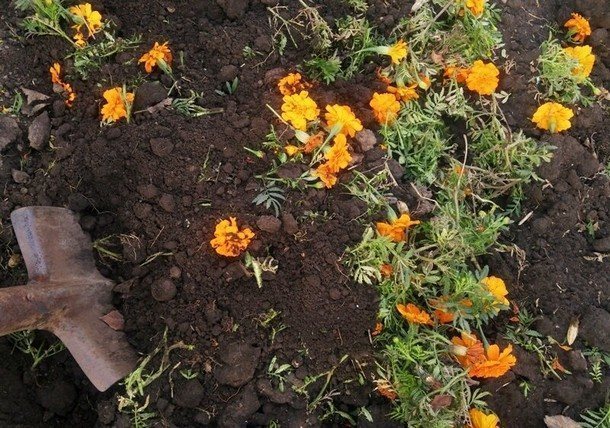
Mustard with sweet clover and some other green manure plants act as phytosanitary agents.
These simple activities, timely organized in the garden, will become an alternative to the use of pesticides and will reduce the use of mineral fertilizers.



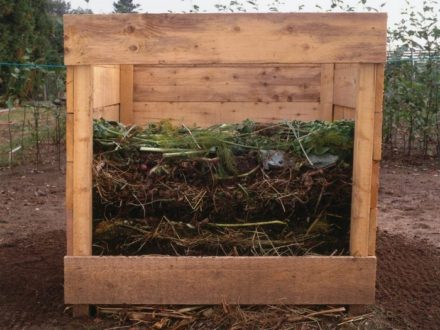
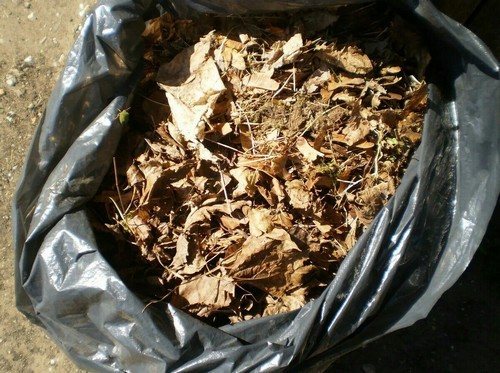
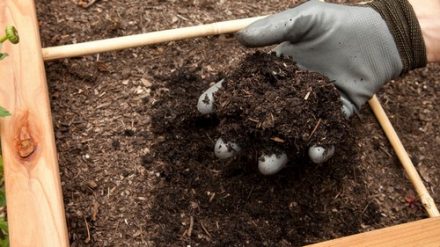
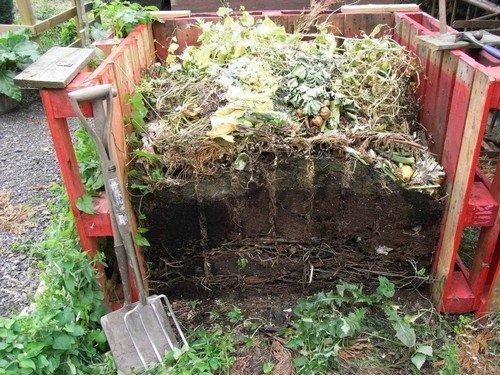

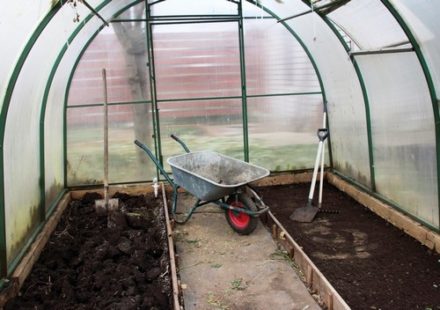
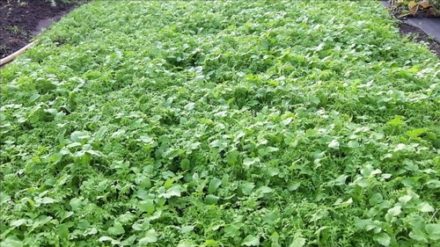
I got rid of wireworms only with onion skins!!!100% method. In the fall, I spread them on the garden bed and plant potatoes, also adding onion skins. For three years, no mole crickets, no wireworms... only the workers remained - earthworms!!!
In the fall, I bury the tops of carrots, beets and pumpkins in the future beds under garlic and onions. In the spring (May), when digging the soil, almost all organic residues turn into fertile soil.
I also always bury the tops of carrots, beets, turnips, and cabbage leaves after harvesting. During the winter, everything rots, and the earth becomes softer and more fertile.
How they are fooling you all with green manure. So we live well, since we are throwing money away
I specially grow a lot of marigolds in all the beds in cabbage, onions, strawberries, and under currants. In the fall, when digging, I chop up the still green mass of marigolds with a shovel and bury them. In the summer, the entire area is in bloom and the garden beds are not visible. In the spring, you don’t need to drag humus from the compost heap onto the beds. It’s already there. I’ve been doing this for a long time, cutting down on unnecessary work and fertilizing the soil.
I’ve been covering the beds with leaves for the winter (which is more).. for 4 years now. There used to be sand, now there’s black loose soil.